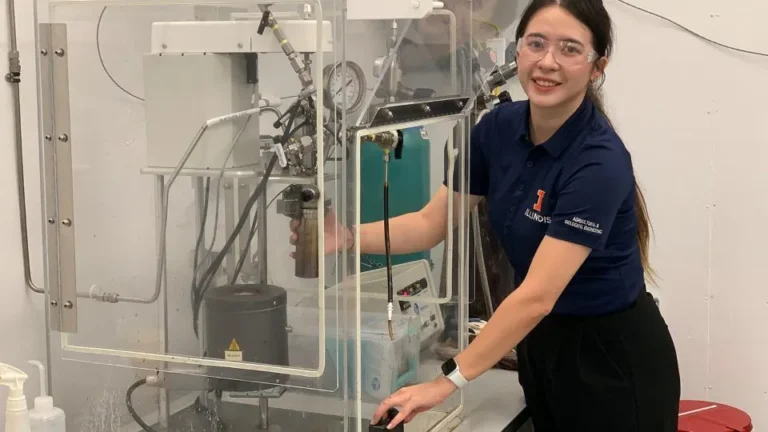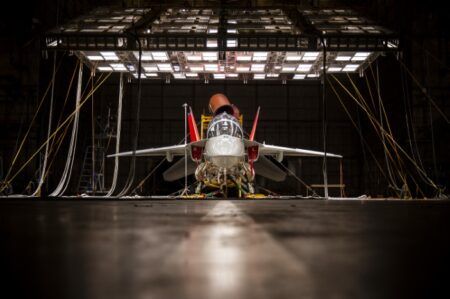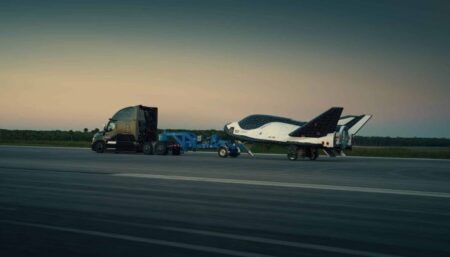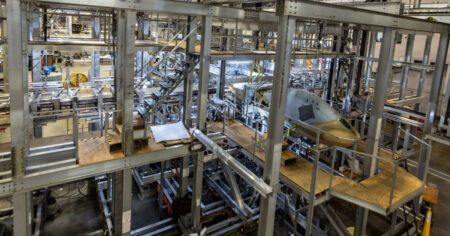Researchers at the University of Illinois Urbana-Champaign have developed a process to turn food waste into industry standard sustainable aviation fuel.
The process is detailed in Nature Communications and could help the aviation industry meet its 2050 net-zero ambition.
“HTL basically mimics the natural formation of crude oil in the Earth. It uses high heat and pressure to convert wet biomass into a biocrude oil. The goal of this work is to upgrade that biocrude oil into transportation fuels that can go directly into existing energy infrastructure,” said lead author Sabrina Summers, who recently graduated with a doctoral degree from the Department of Agricultural and Biological Engineering (ABE).
For this project, the researchers used waste from a food processing facility. Globally, over 30 per cent of food is wasted annually at all levels of the supply chain, from farm to transportation, processing, retail, food service, and households. Food decomposition in landfills and wastewater treatment plants further contributes to greenhouse gas emissions.
“To meet the aviation industry’s goals to decarbonate jet fuel, we need many different renewable sources, and agriculture is going to play a critical role in terms of providing the feedstocks,” said ABE professor and corresponding author Yuanhui Zhang.
To convert biocrude oil into jet fuel, the researchers first removed impurities such as moisture, ash, and salt. They then used catalytic hydrotreating to eliminate unwanted elements like nitrogen, oxygen, and sulphur, leaving behind the hydrocarbons needed for fuel.
After testing dozens of options, they identified cobalt molybdenum as the most effective commercially available catalyst to drive the necessary chemical reactions and refine the oil into sustainable aviation fuel.
To optimise the hydrotreatment process, the researchers adjusted variables such as temperature, catalyst and hydrogen loads, and retention time to identify the best conditions for producing jet fuel.
They then tested their sustainable aviation fuel against standards set by the American Society for Testing and Materials (ASTM) and the US Federal Aviation Administration. Their SAF sample is said to have passed Tier Alpha and Beta pre-screening tests and met all specifications for conventional jet fuel without requiring additives or blending with fossil fuels.
The technology has the potential to be scaled up for commercial production, Zhang said.
“Our research helps solve the science and engineering problems, and then the industry can step in. The process can be applied to other types of oils for SAF. It can also replace other materials, such as petroleum-derived compounds for making plastics. This has huge potential for business opportunities and economic development,” he said





